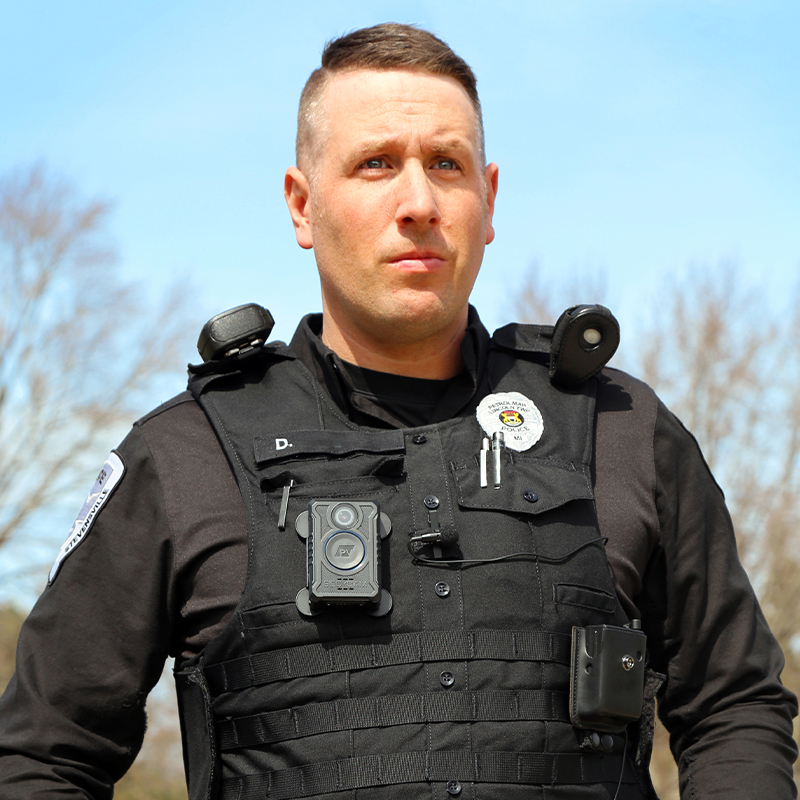
Can Body Cameras Reduce Violence in a Correctional Facility?
Correctional officers have a tough job in keeping the peace between inmates. If you think about the fact many prisons are overcrowded with inmates being held in small and confined living spaces, it’s easy to see how this can lead to altercations with other inmates, as well as officers.
Many correctional facilities have implemented body-worn cameras to capture incidents to determine who was at fault and also to reduce the amount of unnecessary violence.
But do body cameras actually keep inmates and correctional officers from making poor choices?
Body Camera Studies Prove Reduction in Altercations

A 2014 study by the New Zealand Corrections Journal found during a six-month trial there were nine recorded events where a prisoner de-escalated a situation when in the presence of a body-worn camera or said they would have hit an officer if the camera was not there. That shows you the power these cameras have when things could have gotten violent.
The study found no serious assaults were recorded during the six-month trial, and there was a reduction in the severity of incidents.
Compared to the 12 months before the six-month trial, there was a 15%-20% overall reduction in incidents thanks to the presence of body cameras.
Additionally, a 2018-19 study by the Body-Worn Camera Training & Technical Assistance program compared incidents at a correctional facility in Florida from August 2017-January 2018, before the pilot implemented body-worn cameras and stun guns, to August 2018-January 2019 when the weapons/cameras were introduced. The pilot found a 42% reduction in staff assaults.
The study also found a 70% reduction in allegations of excessive force after implementing these cameras.
The fact is body cameras often deter people from making poor choices.